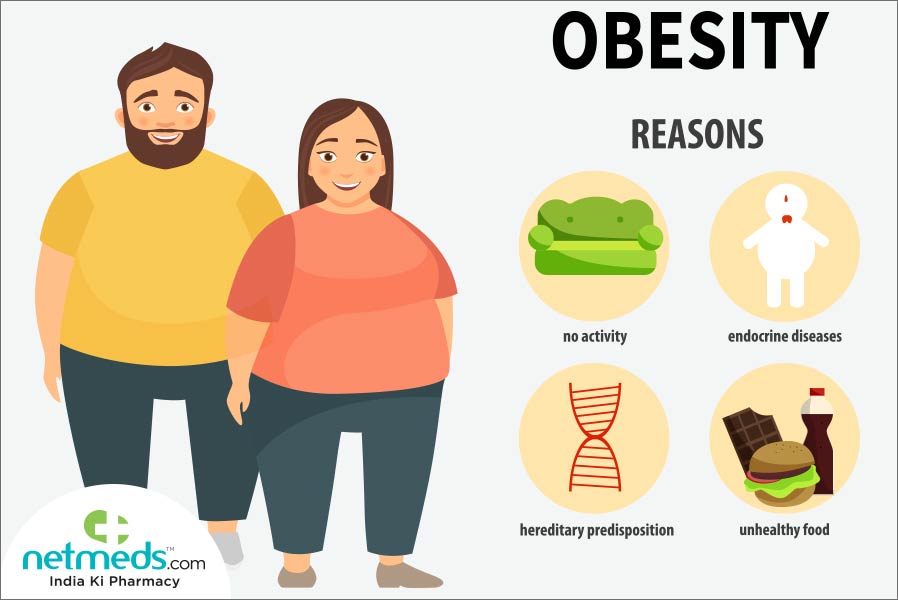Some of the herbs that are believed to increase hemoglobin levels are ashwagandha, ginseng, nettle, and dandelion. These herbs are known to help stimulate the production of red blood cells, which in turn can help improve hemoglobin levels. However, it is always best to consult with a healthcare professional before using any herbs for medical purposes.
Fresh herbs have been used for thousands of years for their medicinal properties. They contain essential oils and other active compounds that have numerous health benefits. Fresh herbs are known to have a higher concentration of these active compounds compared to their dried counterparts, which can be beneficial for health. Moreover, fresh herbs add flavor, color, and texture to food, making it more appealing and nutritious.
Fresh herbs are also known for their antioxidant and anti-inflammatory properties. These properties help to protect the body against the harmful effects of free radicals, which can cause cell damage and lead to chronic diseases such as cancer, heart disease, and Alzheimer’s. In addition, the anti-inflammatory properties of fresh herbs help to reduce inflammation in the body, which can contribute to a variety of health issues.
Fresh herbs also contain vitamins, minerals, and other nutrients that are essential for good health. For example, parsley is a good source of vitamin K, which is important for bone health and blood clotting. Basil is rich in vitamin A, which is important for vision and immune function. Thyme is a good source of vitamin C, which helps to boost the immune system and promote wound healing.
Fresh herbs are not only delicious and nutritious but also offer a wide range of health benefits. They are known to potentially help in improving hemoglobin levels and offer antioxidant, anti-inflammatory, and other health-promoting properties. However, it is always best to consult with a healthcare professional before using any herbs for medical purposes.









